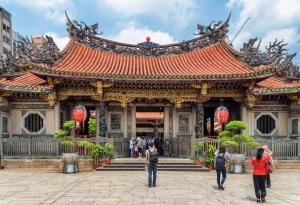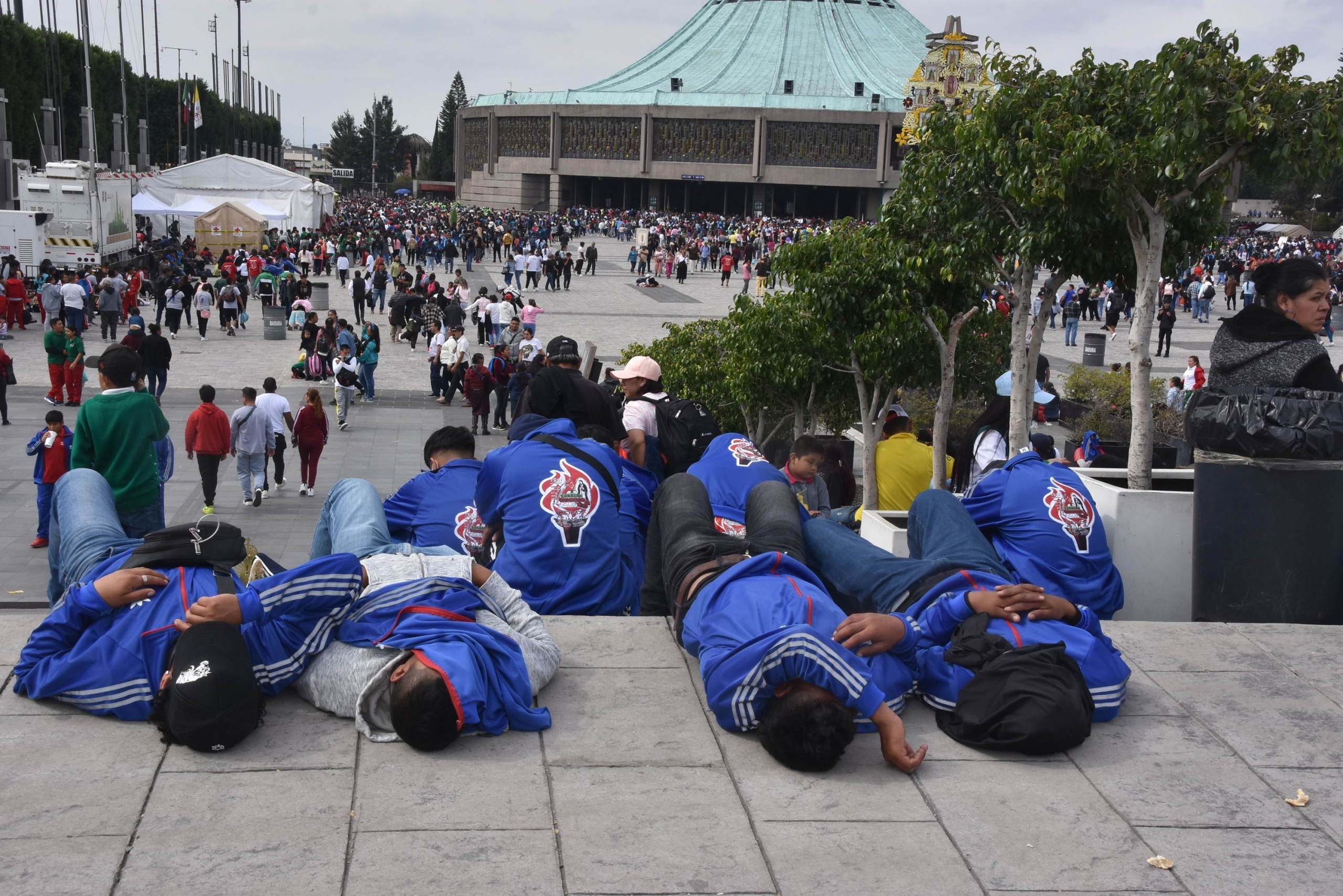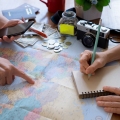When people think of pilgrimages, they often picture long, days-long treks through vast fields or rugged mountains. However, pilgrimage routes can also take the form of shorter, city-based journeys. Here’s a practical guide to navigating an urban pilgrimage while making the most of the experience.
1. Plan Your Route in Advance
Urban areas are often crowded and chaotic. Pre-plan your route, accounting for traffic and peak hours. Smartphone apps can help streamline your navigation. Check the opening hours of churches, shrines, or other sacred sites. Some locations may require online reservations in advance.
2. Use Public Transportation
Many cities have efficient public transit systems, often with strict regulations on private vehicles. Public transport is usually a cost-effective way to get around. Depending on the length of your stay, consider purchasing a daily or weekly pass for easier access to pilgrimage sites. Combine public transit with walking to fully immerse yourself in the city’s atmosphere.
3. Bring a Guidebook or Join a Tour
To avoid scams and ensure a more meaningful visit, come prepared with knowledge about your destination. Bring a guidebook or download a trusted app.
Whenever possible, opt for guided tours that provide historical and cultural context for the sites you visit. Many locations also offer audio guides or special tours tailored to pilgrims.
4. Dress Appropriately
Wear comfortable clothing for walking, and always adhere to dress codes for sacred spaces. Carry a scarf or shawl to cover your shoulders when required, especially during summer. Comfortable, durable footwear is a must, particularly if you plan to cover long distances on foot.

5. Pack Essentials for the Day
Carry a reusable water bottle, light snacks, a city map, a power bank, and a small first-aid kit. Don’t forget any personal medications. Keep digital or printed copies of important documents and reservations. Have emergency contact numbers handy, just in case.
6. Pace Yourself
Balance moments of reflection and prayer with restorative breaks. Cities often have parks, cloisters, or quiet corners where you can rest in peace. Urban noise and concrete can be draining; plan for more frequent stops than you might on a traditional pilgrimage route.
7. Be Flexible and Patient
Cities are dynamic and unpredictable. Protests, strikes, or unexpected events may force changes to your itinerary. Stay informed about local news and consider alternative routes if needed.
8. Engage with the Local Community
Urban settings provide unique opportunities to connect with active religious communities. Look for public celebrations, communal prayer gatherings, or special events. Don’t hesitate to ask locals for advice—they often know hidden gems or peaceful spots off the tourist track.
9. Respect the City’s Dual Nature
Remember that while some see these spaces as sacred, others live and work there daily. Maintain a respectful and unobtrusive attitude. Avoid blocking pathways or creating crowds during moments of prayer or reflection.
10. Stay Vigilant
Urban pilgrimages, like any form of travel, require caution. Be mindful of pickpockets, especially in crowded areas. Keep valuables to a minimum, and avoid wearing flashy jewelry. When using taxis, opt for official services only. Never accept rides from strangers.
Final Thoughts
Whatever your reasons for undertaking an urban pilgrimage, preparation and awareness are key to creating a fulfilling experience. Every city has a sacred essence waiting to be uncovered amidst its traffic, history, and modernity. Take the time to explore with intention and curiosity—you may discover more than you imagined.





